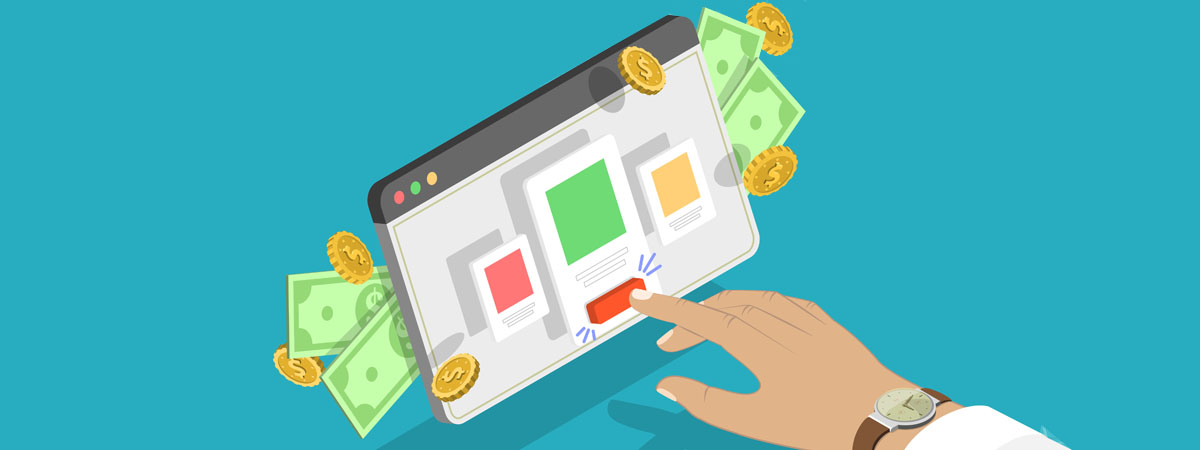How to Raise SaaS Prices Without Losing Customers
Raising SaaS prices is one of the most important (and often most feared) decisions for software companies. Done right, pricing adjustments can accelerate growth, reflect the value you deliver, and improve long-term profitability. Done poorly, they risk churn, customer backlash, and lost market share. Whether you’re a fast-scaling SaaS startup or a mature platform adjusting to market changes, we will walk you through how to increase SaaS prices strategically, without alienating customers.
Why Raising SaaS Prices Is Both Necessary and Challenging
Pricing in the SaaS industry is not static. It evolves as customer needs, infrastructure costs, and competition change. Regularly raising SaaS prices is essential for a few key reasons…
- Reflects the growing value of your platform.
- Offsets rising infrastructure and development costs.
- Fuels reinvestment into features and customer support.
- Aligns positioning with competitors and market demand.
SaaS companies that revisit and adjust their pricing regularly see up to 30% higher growth than those with static models.
The Challenge with Customer Retention
The risk lies in customer reactions. Price increases can trigger…
- Higher churn rates.
- Negative sentiment if poorly communicated.
- Pressure from lower-priced competitors.
The key question is: How do you raise SaaS prices without losing customer trust?
The Psychology of SaaS Price Increases
Customers rarely welcome higher prices. From a psychological standpoint, most view price changes through loss aversion. They feel the sting of paying more rather than the benefits of new features or better service.
That’s why framing is critical in SaaS pricing communication. Instead of leading with cost, emphasize the enhanced value you’ve delivered. When customers see the connection between your improvements and pricing, resistance decreases significantly.
Proven Framework for Raising SaaS Prices Successfully
1. Lead With Value-First Communication
Document every meaningful improvement since your last pricing update. This “value inventory” proves the ROI customers are getting. For example:
- New features & integrations
- Performance, speed, and uptime improvements
- Upgraded data security & compliance
- Expanded customer success & support resources
💡 Tip: Tie each pricing increase to tangible outcomes (e.g., “99.99% uptime” or “new enterprise-grade reporting”).
2. Provide Transparent Reasoning and Market Context
Customers appreciate honesty. Be clear about why you are raising SaaS prices — whether it’s due to infrastructure costs, R&D investment, or repositioning against competitors. Common and accepted reasons include…
- Rising cloud infrastructure costs
- Expanding platform capabilities
- Increased development expenses
- Need to remain competitive in your market
When customers understand the reasoning, 78% report being more willing to accept reasonable price increases.
3. Offer Advanced Notice and Grandfathering Options
The worst way to raise SaaS prices is to surprise your customers. Instead…
- Provide 30–90 days’ notice, depending on contract terms.
- Offer grandfathering (let existing customers stay on old pricing for 3–6 months or until renewal).
- Present annual or long-term commitment discounts for those who upgrade before the effective date.
This builds trust, reduces churn risk, and creates urgency for new prospects.
Best Communication Practices for Raising SaaS Prices
Structure for a value-centric pricing announcement…
Opening: Thank and acknowledge customers
- Value Recap: Highlight improvements made since last pricing change.
- Pricing Update: Clearly state the new pricing and effective date.
- Options: Offer tiers, annual discounts, or retention incentives.
- Support: Provide direct links for questions or customer support.
Use Segmented Messaging by Customer Type
Your message should vary depending on who you’re addressing.
- Enterprise customers → ROI analysis, performance benchmarks, advanced roadmaps
- SMBs or startups → Simple value summaries, new feature highlights, cost-saving options
Tailoring the message prevents a one-size-fits-all approach that alienates segments of your customer base.
Advanced Tactics to Minimize Churn
Proactive Customer Success Outreach
Have your CSMs reach out to high-value or at-risk accounts before the official increase announcement. Personalized conversations turn potential objections into loyalty.
Alternative Plan Offerings
Give customers flexibility and options…
- Introduce a basic plan at a budget-friendly tier
- Offer annual billing discounts to soften increases
- Try usage-based pricing for highly variable customer needs
Competitive Benchmarking
Regularly check competitor pricing. Customers are more likely to accept price increases if your offer is still clearly positioned as delivering more value for the cost.
How to Measure SaaS Price Increase Success
Track these KPIs after implementation…
- Customer churn rates during the transition period.
- Net revenue retention (NRR) post-change.
- Customer satisfaction (CSAT/NPS) scores.
- Support ticket volume & sentiment.
- New customer acquisition at new pricing tiers.
Turning Price Increases Into Growth Opportunities
When handled with clarity, empathy, and strategy, raising SaaS prices doesn’t weaken customer relationships. It strengthens them! Customers see that your product is evolving, improving, and worth more than before. By focusing on value first, communicating openly, and offering flexible options, raising SaaS prices becomes a growth lever, not a churn risk.


Leave A Comment